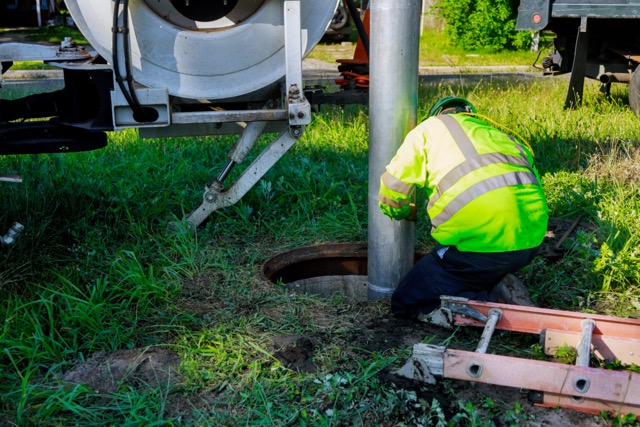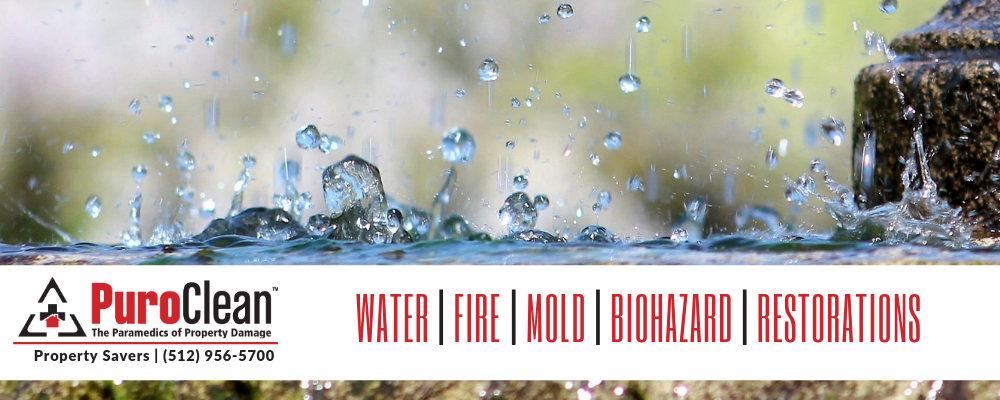Sewer backup is a nightmare that no homeowner wants to encounter. It’s not just a messy inconvenience; it’s a potential biohazard that poses risks to both property and health. In this comprehensive guide, we’ll delve into what sewer backup is, why it happens, how to prevent it, and what to do if you find yourself facing this unpleasant situation.
Table of Contents



What is Sewer Backup?
Sewer backup is a residential biohazard that occurs when wastewater from toilets, sinks, and drains flows back into your home instead of being carried away by the sewer system. This can lead to contaminated water flooding your living spaces, creating a hazardous environment.
Causes of Sewer Backup
Several factors can contribute to sewage backup, including:
- Clogged Pipes: The accumulation of debris, grease, or foreign objects can obstruct the flow of wastewater, making it difficult for it to make its way to the city sewer system or septic tank.
- Tree Roots: Tree roots seeking moisture can infiltrate sewer pipes, causing blockages and damage.
- Heavy Rainfall: Excessive rainfall can overload sewer systems, leading to backups into homes.
- Sewer Line Damage: Cracks, breaks, or collapses in sewer lines can cause sewer to back up.
Signs of Sewer Backup
Recognizing the signs of sewer backup early can help prevent extensive damage. Look out for:
- Foul Odors: A persistent, unpleasant smell reminiscent of rotten eggs may indicate sewer backup.
- Slow Draining Fixtures: Toilets, sinks, or tubs draining slowly or gurgling when in use.
- Water Backup: Water pooling around floor drains or overflowing toilets.
Health Risks – Biohazards
Sewer backup poses significant health risks due to exposure to harmful pathogens and bacteria. Contact with contaminated water can lead to gastrointestinal issues, skin infections, and respiratory problems.
Preventive Measures
Taking proactive steps to prevent sewer backup can save you from a costly and unsanitary ordeal. Consider these preventive measures:
- Regular Maintenance: Schedule routine inspections and maintenance of your plumbing system.
- Proper Waste Disposal: Avoid flushing non-biodegradable items down the toilet or pouring grease down drains.
- Tree Maintenance: Trim tree roots near sewer lines to prevent infiltration.
Immediate Actions
If you suspect sewer backup, it’s crucial to act swiftly to minimize damage and health risks. Take these immediate actions:
- Turn Off Water: Shut off the main water supply to prevent further flooding.
- Avoid Contact: Refrain from coming into contact with contaminated water to avoid biohazards.
- Call the professionals: Contact a certified sewer cleanup and restoration company for assistance.
DIY Cleanup vs. Professional Help
While DIY cleanup may seem cost-effective, it’s essential to consider the risks and complexities involved. Professional help offers expertise, proper equipment, and ensures a thorough cleanup and disinfection.
Restoration Process
The restoration process involves:
- Assessment: it is an initial inspection to determine the extent of damage.
- Extraction: refers to the removal of standing water and biohazard waste.
- Cleaning and disinfection: refers to the thorough cleaning and disinfection of affected areas.
- Repairs: repairing or replacing damaged materials and restoring the property to its pre-loss condition.
Insurance Coverage
Review your homeowner’s insurance policy to understand coverage for sewer backup and biohazard cleanup. Some policies may offer coverage for cleanup, repairs, and replacement of damaged belongings.
Environmental Impact
Sewer backup not only affects your property but also has environmental consequences. Contaminated water can pollute groundwater and harm ecosystems. Proper cleanup and disposal are essential to mitigating the environmental impact.
FAQs
1. What should I do if I experience sewage backup in my home?
If you experience sewage backup, immediately turn off the water supply, avoid contact with contaminated water, and seek professional help for cleanup and restoration.
2. Can sewage backup cause health problems?
Yes, sewage backup can lead to health problems due to exposure to harmful pathogens and bacteria present in contaminated water.
3. How can I prevent sewage backup?
Regular maintenance of your plumbing system, proper waste disposal, and tree root maintenance can help prevent sewage backup.
4. Is sewage backup covered by homeowner’s insurance?
Review your homeowner’s insurance policy to determine coverage for sewage backup cleanup, repairs, and property damage.**
5. Can I clean up sewage backup on my own?
While DIY cleanup is possible, it’s recommended to seek professional help due to the health risks and complexities involved in sewage cleanup.
6. How long does sewage backup cleanup take?
The duration of sewage backup cleanup depends on the extent of damage and the cleanup process. It can range from a few days to several weeks.
7. Will my belongings be salvageable after sewage backup?
Some belongings may be salvageable with proper cleaning and disinfection, while others may need to be disposed of due to contamination.
8. Can sewage backup affect my home’s value?
Sewage backup can impact your home’s value negatively if not addressed promptly and effectively. Proper cleanup and restoration are essential to mitigate damage.
9. What are the long-term consequences of sewage backup?
Long-term consequences of sewage backup may include structural damage, mold growth, and environmental contamination if not addressed properly.
10. How can I find a reliable sewage cleanup and restoration company?
Research local companies, read reviews, and ask for recommendations from friends or family to find a reliable sewage cleanup and restoration company.
PuroClean Property Savers provides emergency restoration services 24 hours a day, seven days a week. Our services include water damage, fire & smoke damage, mold remediation, biohazard cleanup, reconstruction and large-scale commercial property damage. We service Austin, Bastrop, Buda, Cedar Creek, Cedar Park, Del Valle, Dripping Springs, Elgin, Georgetown, Hutto, Kyle, Leander, Manor, Marble Falls, Pflugerville, Round Rock, Taylor, and Wimberley. Our average “on-site” time is 60 minutes, and we work directly with your local insurance provider.
Our role goes beyond just repairing properties; it’s also repairing lives. Visit us online at “PuroClean Property Savers.” Give us a call now at (512) 956-5700 or email us at [email protected] to schedule a visit. You can also find additional resources for emergency management, fire prevention planning, flash flood situations, and many other risks at the City of Austin Fire Department initiative #LetsGetRealATX




 PuroClean Property Savers
PuroClean Property Savers